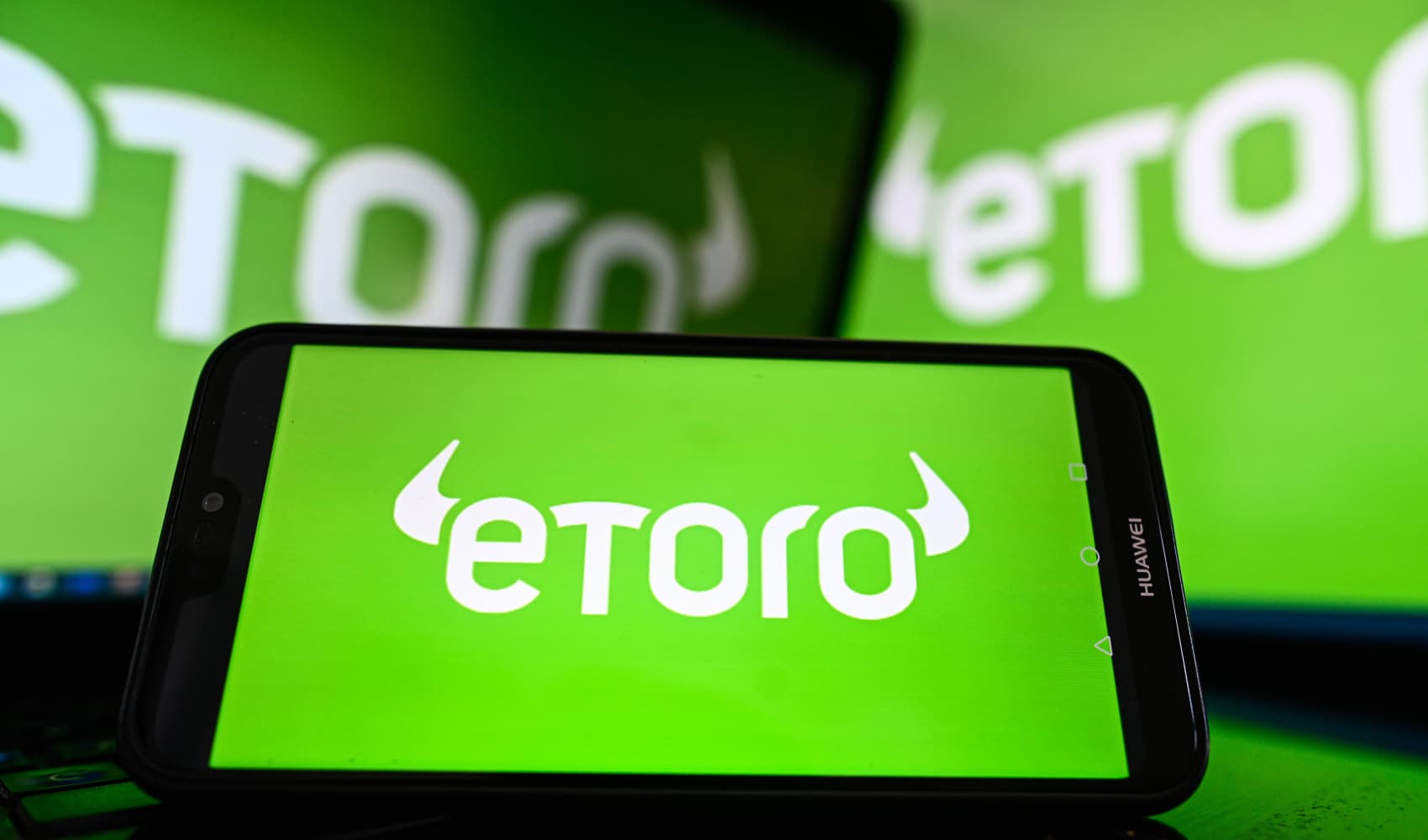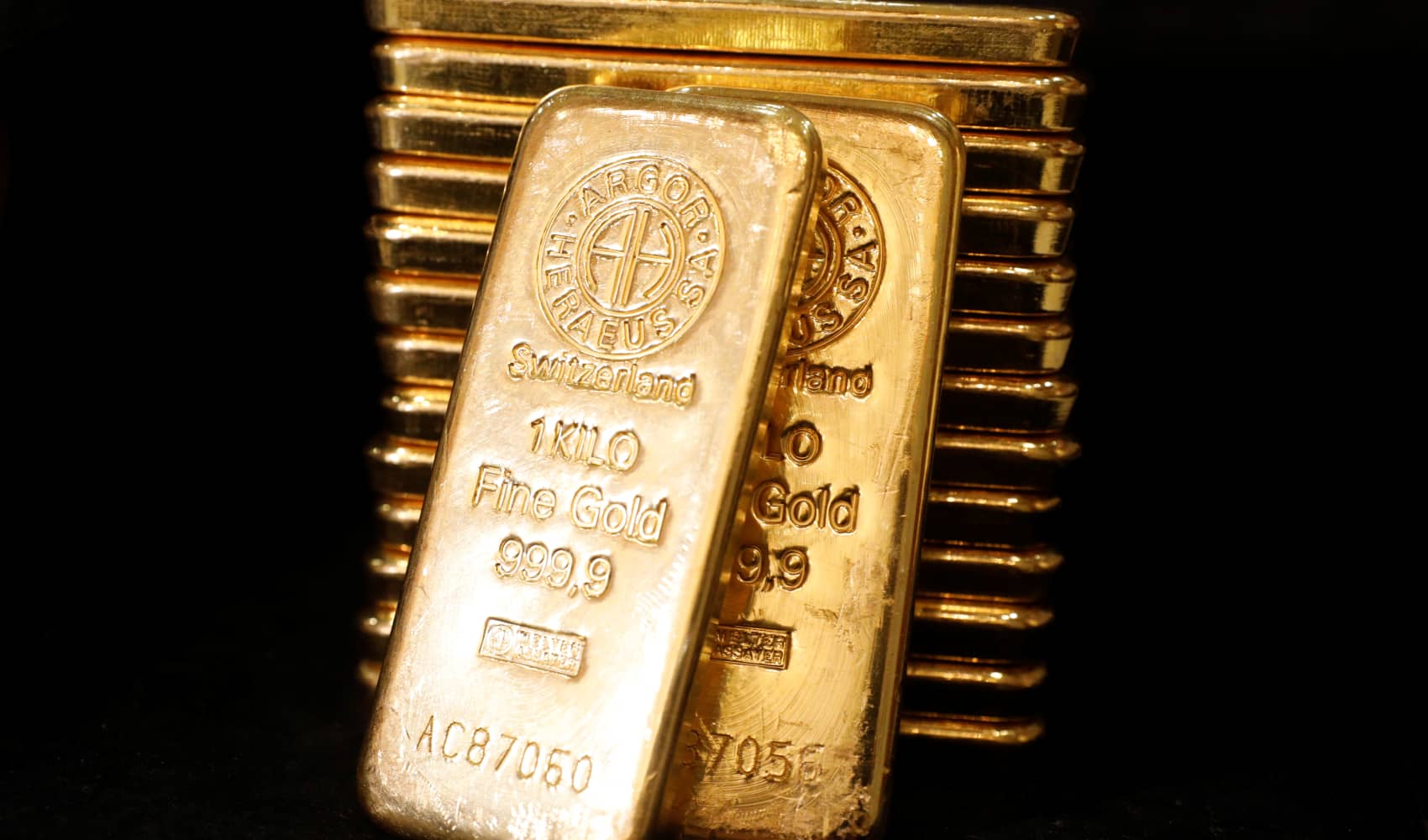eToro IPO Pops: 29% Gain in Nasdaq Debut - Invest Now?
eToro Soars 29% in Nasdaq Debut: A New Era for Trading?
Introduction: eToro's Triumphant Entrance
Well, folks, it happened! eToro, the popular stock and crypto trading platform, finally made its grand entrance onto the Nasdaq stage, and the crowd went wild. Shares popped nearly 29% on their debut Wednesday, a clear signal that investors are bullish on the future of fintech. But what does this mean for you, the everyday trader? Let’s dive in and explore the factors driving eToro's success and what the future might hold.
eToro's IPO: Above Expectations and Beyond
So, how did eToro pull this off? The company successfully raised almost $310 million in its initial public offering (IPO) late Tuesday, selling shares above the initially expected range. This signifies strong investor confidence and sets a positive tone for the company’s journey as a publicly traded entity.
Pricing Power: A Sign of Strength?
Think of it like this: imagine trying to sell your used car for more than the dealership offered. You’d need to have something special, right? That’s precisely what eToro did. By pricing its shares above the expected range, eToro demonstrated its inherent value and the demand for its services in the market.
The Opening Bell: A Moment of Truth
The moment eToro's stock ticker appeared on the Nasdaq screen, anticipation filled the air. The stock opened at $69.69, a whopping 34% above its IPO price! This explosive start is a testament to the pent-up demand and the excitement surrounding the company.
Closing Strong: Maintaining Momentum
While the opening was impressive, the real test was how the stock would perform throughout the day. eToro closed up nearly 29% at $67 a share, bringing its total market capitalization to more than $5.4 billion. This sustained performance is crucial and signals that the initial enthusiasm was not just a fleeting moment.
Behind the Scenes: eToro's Business Model
So, what makes eToro so appealing? The company's business model revolves around providing a user-friendly platform for trading stocks, cryptocurrencies, and other assets. It’s like having a simplified brokerage account accessible right from your smartphone or computer.
Social Trading: Learning from the Best
One of eToro's unique features is its social trading platform. Think of it as a social media network for traders. You can follow experienced investors, see their trades, and even copy their strategies. This democratizes investing and allows newcomers to learn from the best.
Democratizing Finance: Making Investing Accessible
eToro’s mission is to make investing accessible to everyone, regardless of their background or experience. By offering a simple and intuitive platform, it breaks down the barriers to entry that have traditionally kept many people out of the market.
The IPO Market: A Rebound in Sight?
The performance of eToro's IPO is also significant in the broader context of the IPO market. After a period of uncertainty and volatility, fueled in part by factors like tariff concerns, the IPO market appears to be showing signs of a potential rebound. eToro's success may encourage other companies to pursue public offerings.
Macroeconomic Factors: The Big Picture
Of course, the success of an IPO is never just about the company itself. Macroeconomic factors, such as interest rates, inflation, and overall market sentiment, play a crucial role. A stable and growing economy typically creates a more favorable environment for IPOs.
The Future of eToro: What Lies Ahead?
With a successful IPO under its belt, what's next for eToro? The company will likely focus on expanding its user base, launching new products and services, and strengthening its presence in key markets around the world. This is where the real excitement begins!
Expansion Plans: Growing the Global Footprint
Expect eToro to actively pursue opportunities to expand its operations geographically. This might involve entering new markets, forging partnerships with local players, and tailoring its platform to meet the specific needs of different regions. After all, global domination is the name of the game.
Innovation: Staying Ahead of the Curve
In the fast-paced world of fintech, innovation is essential for survival. eToro will need to continuously invest in research and development to stay ahead of the curve and offer cutting-edge features and functionalities that attract and retain users. We're talking AI-powered trading tools, personalized investment recommendations, and seamless integration with other financial services.
Risks and Challenges: Not All Sunshine and Rainbows
While eToro's IPO is undoubtedly a positive development, it's important to acknowledge the potential risks and challenges that the company may face in the future. These include increasing competition, regulatory scrutiny, and cybersecurity threats. Investing involves risks, and it’s critical to be aware of them.
Competition: A Crowded Marketplace
The online brokerage industry is becoming increasingly competitive, with established players like Robinhood, Charles Schwab, and Interactive Brokers vying for market share. eToro will need to differentiate itself and maintain a competitive edge to succeed in this crowded marketplace.
The Investor Perspective: Is eToro a Good Investment?
Now, for the million-dollar question: Is eToro a good investment? As with any investment, the answer depends on your individual risk tolerance, investment goals, and time horizon. It's crucial to conduct your own research and consult with a financial advisor before making any investment decisions.
Due Diligence: Doing Your Homework
Before investing in eToro, take the time to carefully review the company's financials, business model, and competitive landscape. Understand the risks involved and assess whether the potential rewards outweigh those risks. Don't let the hype cloud your judgment.
Conclusion: A Promising Start, a Long Journey Ahead
eToro's successful Nasdaq debut marks a significant milestone for the company and signals a potential rebound for the IPO market. The company's innovative platform and commitment to democratizing finance have resonated with investors, but the journey ahead will be filled with challenges. Ultimately, eToro's success will depend on its ability to execute its strategy, navigate the competitive landscape, and continue to innovate.
Frequently Asked Questions (FAQs)
Here are some frequently asked questions about eToro's IPO:
-
What is an IPO?
An IPO, or Initial Public Offering, is the process by which a private company offers shares to the public for the first time. It's like the company throwing a big party and inviting everyone to become shareholders.
-
Why did eToro go public?
Companies go public for various reasons, including raising capital for expansion, increasing brand awareness, and providing liquidity for existing shareholders. Think of it as hitting the financial jackpot.
-
How can I invest in eToro?
Now that eToro is a publicly traded company, you can purchase its shares through a brokerage account, just like any other stock. Be sure to do your research and understand the risks involved. Make sure to consult with a financial expert before making any investment decisions.
-
What are the risks of investing in eToro?
Like any investment, there are risks involved. These include market volatility, competition, regulatory changes, and company-specific risks. It's crucial to diversify your portfolio and not put all your eggs in one basket.
-
How does eToro make money?
eToro generates revenue through various sources, including commissions, spreads (the difference between the buying and selling price of an asset), and other fees. Think of it as the company taking a small cut for facilitating trades.

